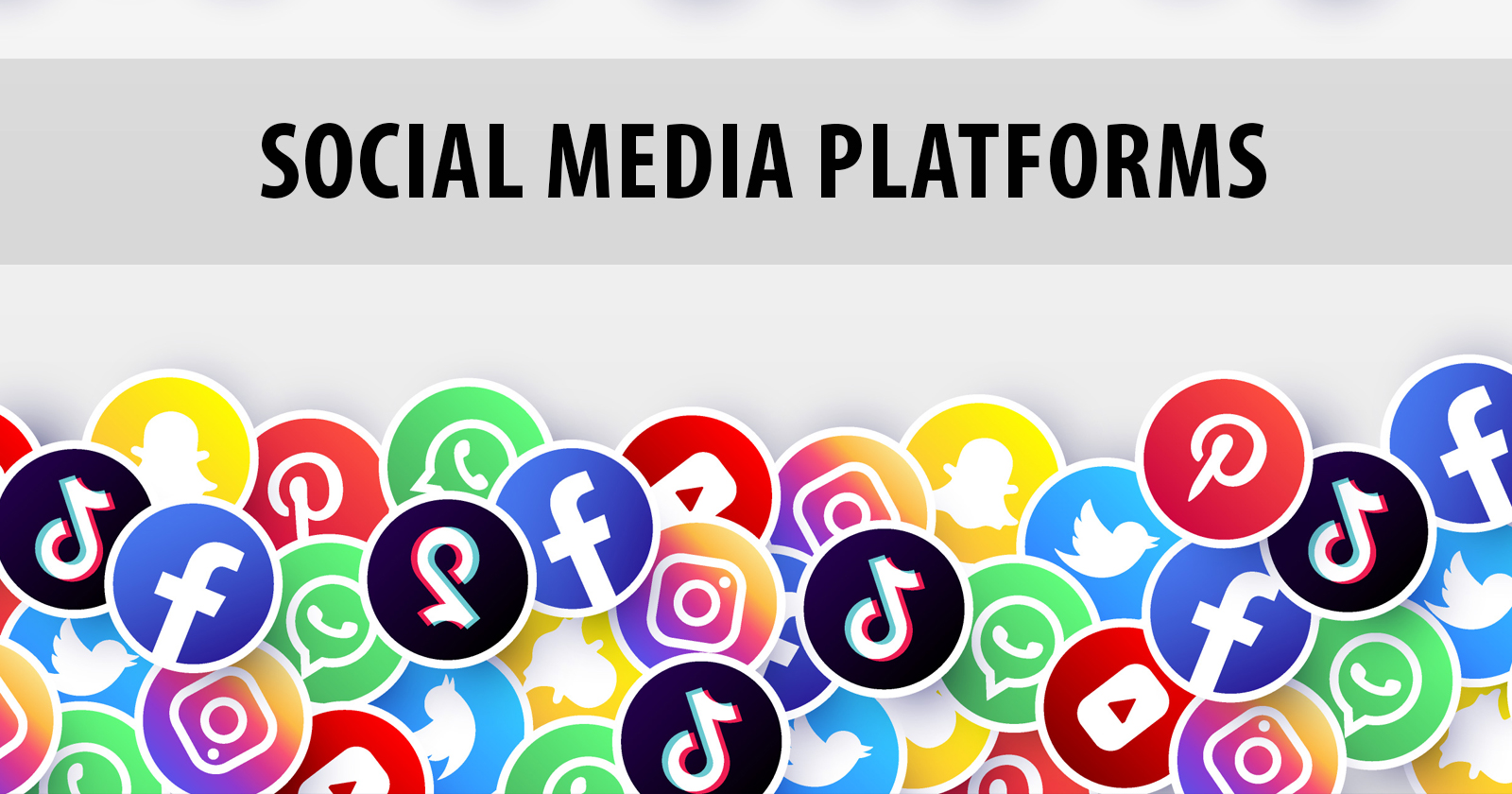How Social Media Platforms Have Actually Progressed: Examining Their Influence On Communication and Advertising Approaches

Very Early Social Media Site Platforms
It allowed users to create profiles, connect with pals, and share material, laying the groundwork for future platforms. Following this, platforms like Friendster (2002) and MySpace (2003) acquired appeal by presenting extra interactive functions, making it possible for users to customize accounts, share songs, and involve in area structure.
These early platforms emphasized user-generated web content and social networking, growing a feeling of online area. They showcased the potential of electronic interaction, allowing individuals to share themselves and attach with others across geographical barriers. These websites also faced difficulties, such as technical constraints and the battle to keep user interaction.
The very early 2000s indicated an experimental age for social media sites, as developers sought to fine-tune the customer experience and increase capabilities. This period set the phase for the eruptive development of social media that would comply with, ultimately changing communication and advertising methods in extraordinary methods.
The Surge of Visual Material
As social media sites platforms advanced, a noteworthy shift took place in the direction of the prominence of visual material, fundamentally changing individual interaction approaches. This change is mainly connected to the intrinsic human preference for visual stimulations, which can convey messages better than text alone. Systems such as Instagram, Pinterest, and Snapchat have actually capitalized on this trend, prioritizing image and video clip sharing to boost user experience and interaction.

In addition, the combination of functions like Stories and live streaming has actually allowed real-time engagement, allowing brand names to showcase their offerings dynamically. Analytics devices have actually even more empowered marketing professionals to evaluate efficiency metrics associated with aesthetic material, refining their approaches based on target market preferences. Eventually, the concentrate on aesthetic communication has actually redefined how brand names attach with their target markets, making it a crucial aspect of modern advertising strategies in the digital age.
The Influence of Influencers
Influencers have actually emerged as crucial figures in the landscape of social media sites, reshaping how brand names engage with their target markets and market their items. These individuals, frequently considered innovators, have the ability to get to large target markets and cultivate genuine relationships with their followers. Their regarded credibility and relatability enable them to connect brand messages in a manner that reverberates deeply, leading to improved customer trust and loyalty.
Brands significantly recognize the value of influencer collaborations, often selecting targeted partnerships that straighten with their worths and purposes. This tactical strategy permits customized advertising projects that utilize influencers' distinct styles and content styles. Therefore, brand names can effectively use niche markets and foster engagement that conventional marketing techniques commonly battle to attain.
Moreover, the effectiveness of influencer marketing is evidenced by its quantifiable impact on sales and brand awareness. Metrics such as engagement rates, conversion rates, and target market growth offer brands with insights into project efficiency. As influencers remain to develop, they will stay essential to shaping communication techniques, driving customer habits, and redefining the marketing landscape within social networks platforms.
The Shift to Short-Form Video Clip
Recent trends in social media have actually highlighted a substantial change towards short-form video web content, a layout that has rapidly content mesmerized audiences and redefined involvement approaches. Systems such as TikTok, Instagram Reels, and YouTube Shorts have emerged as frontrunners in this phenomenon, attracting individuals in with quickly digestible and entertaining clips. This change reacts to the reducing attention periods of customers, that now favor quick, impactful messaging over longer narratives.
Marketers have actually acknowledged the capacity of short-form video clips to boost brand name visibility and foster connection. These bite-sized items of web content enable brands to share their messages succinctly while motivating individual interaction through shares, suches as, and remarks. Furthermore, the innovative versatility fundamental in short-form video-- varying from narration to tutorials-- provides brand names with varied avenues for expression.
Because of this, firms are significantly integrating short-form video clip into their advertising and marketing methods, commonly leveraging influencers to amplify reach and credibility. This evolution not only advertises greater target market involvement however additionally reflects a wider fad towards aesthetic interaction in the digital landscape. Companies have to adjust to this vibrant environment to stay pertinent and effective in their outreach efforts.
Information Privacy and Customer Trust
Just how can social media platforms equilibrium user interaction with the imperative of data privacy? This concern has actually come to be increasingly important as users express growing issues over exactly how their individual information is utilized. In an era where data violations and personal privacy scandals dominate headlines, systems need to focus on openness and individual control to promote trust fund.
To achieve this balance, social media platforms should adopt robust personal privacy plans that express information use and security procedures clearly. Executing functions that allow users to customize their personal privacy setups can equip individuals, enabling them to determine what details is shared and with whom. Openness records outlining data demands and violations can even more boost customer trust.
Additionally, systems can take advantage of this honest data techniques in their content advertising and marketing methods, concentrating on consent-based advertising versions that focus on user choices. By utilizing anonymized data for analytics, systems can still supply important understandings to online marketers without endangering customer privacy.
Inevitably, the success of social networks systems depends upon their capability to cultivate a reliable atmosphere. By focusing on data personal privacy, they can not only boost individual engagement however also place themselves as responsible guardians of user info in an increasingly data-sensitive landscape.
Verdict
The evolution of social media systems has substantially changed communication and advertising and marketing techniques. The shift from text-based interactions to visual content and short-form video clips has actually improved customer involvement.
Comments on “What Is Fansly and Why Should You Consider Joining It?”